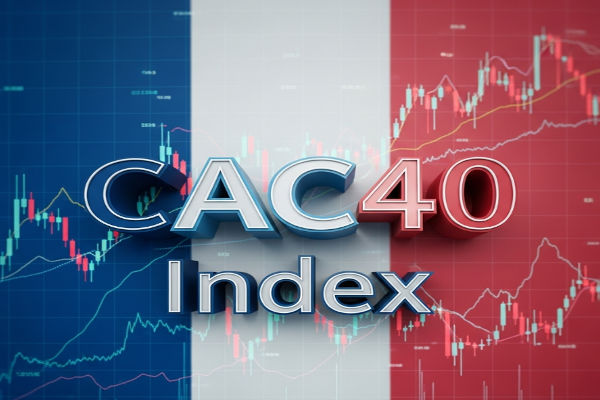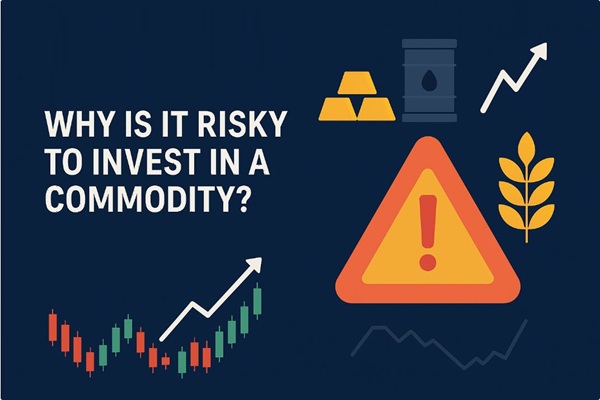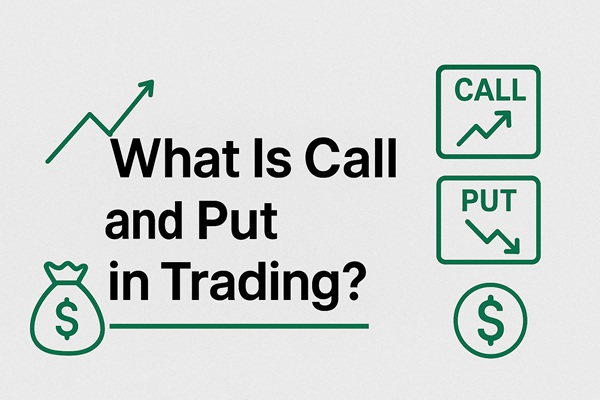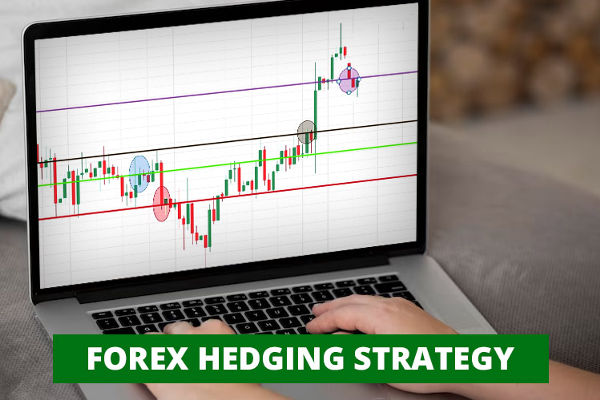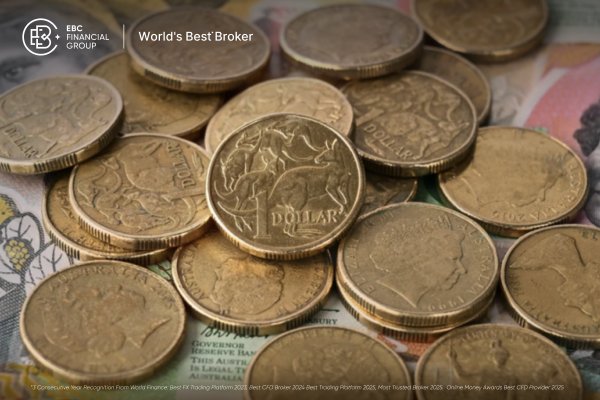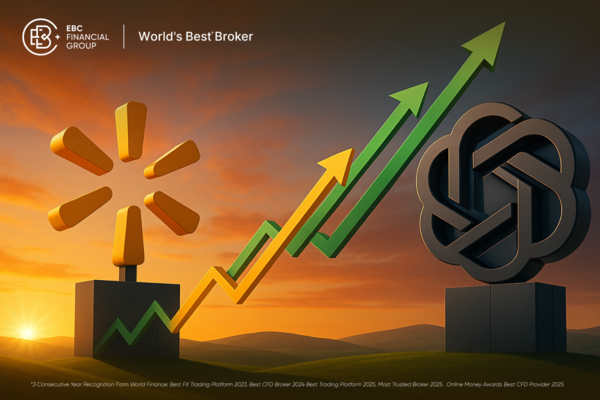Commodity options trading offers a world of opportunity for traders seeking exposure to markets such as oil, gold, wheat, and other raw materials. With the potential for significant returns comes an equally significant set of risks.
Understanding and managing these risks is crucial for anyone aiming to succeed in the dynamic world of commodity options. This article highlights the five most important risks to manage, providing practical guidance for traders at all levels.
What Is Commodity Options Trading?

Commodity options are financial derivatives that give the holder the right, but not the obligation, to buy or sell a specific amount of a commodity (like crude oil, gold, or soybeans) at a predetermined price before a set expiration date.
These instruments are widely used for hedging, speculation, and portfolio diversification. While options can limit losses compared to futures, they also introduce unique risks that require careful attention.
5 Risks to Manage Regarding Commodity Options Trading

1. Market Risk (Price Volatility)
Definition:
Market risk is the potential for losses due to unfavourable movements in the underlying commodity's price.
Why It Matters:
Commodity prices are notoriously volatile, driven by factors such as weather events, geopolitical tensions, supply chain disruptions, and macroeconomic data. Even well-researched trades can be upended by unexpected news or sudden market shifts.
How to Manage:
-
Use stop-loss orders and protective options strategies (like spreads) to limit downside.
-
Monitor market news, economic reports, and seasonal trends that impact commodity prices.
Diversify positions across multiple commodities to reduce the impact of a single market move.
2. Liquidity Risk
Definition:
Liquidity risk is the danger of not being able to enter or exit positions at desired prices due to insufficient market activity.
Why It Matters:
Some commodity options, especially those on less-traded contracts or with distant expiration dates, may have low trading volumes. This can lead to wider bid-ask spreads, slippage, and difficulty executing trades without moving the market.
How to Manage:
-
Focus on options with high open interest and trading volume.
-
Avoid illiquid contracts, especially if you plan to trade large sizes or need to exit quickly.
Check bid-ask spreads before entering a trade; tighter spreads generally indicate better liquidity.
3. Leverage and Margin Risk
Definition:
Leverage allows traders to control large positions with a relatively small capital outlay, but it also magnifies both gains and losses.
Why It Matters:
While options inherently provide leverage, using additional margin to finance trades can expose you to losses that exceed your initial investment. Rapid price swings may trigger margin calls, forcing you to close positions at a loss or deposit additional funds.
How to Manage:
-
Use leverage conservatively and understand your broker's margin requirements.
-
Regularly monitor account balances and margin levels, especially during periods of high volatility.
Set personal risk limits and avoid overextending your capital.
4. Time Decay (Theta Risk)
Definition:
Time decay refers to the reduction in an option's value as it approaches expiration, all else being equal.
Why It Matters:
Options are wasting assets: their value erodes as the expiration date nears, particularly for out-of-the-money contracts. Even if the underlying commodity moves in your favour, time decay can eat into potential profits or turn a winning position into a loss.
How to Manage:
-
Be mindful of the time to expiration when selecting options.
-
Use strategies that benefit from time decay (such as selling options) if you have the experience and risk tolerance.
Monitor your positions regularly and consider rolling contracts forward if needed.
5. Counterparty and Settlement Risk
Definition:
Counterparty risk is the chance that the other party in a trade may default on their obligations. Settlement risk involves complications in the final exchange of cash or commodities.
Why It Matters:
While most exchange-traded options are cleared through central counterparties (reducing default risk), over-the-counter (OTC) options may expose traders to higher counterparty risk. Settlement issues can arise if a contract is held to expiry, especially with physically settled options.
How to Manage:
-
Trade on reputable, regulated exchanges with robust clearing mechanisms.
-
Understand the settlement terms of your contracts—whether they are cash-settled or require physical delivery.
For OTC trades, assess the creditworthiness of counterparties and use collateral where appropriate.
Practical Tips for Managing Commodity Options Risks

-
Education: Continuously improve your knowledge of commodity markets, option pricing, and risk management techniques.
-
Position Sizing: Never risk more than a small percentage of your trading capital on a single trade.
-
Scenario Analysis: Use tools like option calculators and risk simulators to model potential outcomes before entering a trade.
-
Stay Informed: Follow global economic news, weather forecasts, and geopolitical developments that could affect commodity prices.
Review and Adapt: Regularly review your trades and risk management practices, adapting to changing market conditions.
Why Risk Management Is Essential
Effective risk management is the foundation of long-term success in commodity options trading. By identifying, assessing, and proactively managing the five key risks outlined above, traders can protect their capital, reduce stress, and improve their chances of consistent profitability.
Remember, no strategy can eliminate risk entirely, but disciplined management can help you navigate even the most volatile markets with confidence.
Conclusion
Commodity options trading offers significant opportunities, but it also comes with distinct risks that must be managed diligently. By understanding and addressing market risk, liquidity risk, leverage and margin risk, time decay, and counterparty or settlement risk, traders can build more resilient strategies and avoid common pitfalls.
Stay informed, use robust risk controls, and always trade within your means to make the most of what commodity options have to offer.
Disclaimer: This material is for general information purposes only and is not intended as (and should not be considered to be) financial, investment or other advice on which reliance should be placed. No opinion given in the material constitutes a recommendation by EBC or the author that any particular investment, security, transaction or investment strategy is suitable for any specific person.









